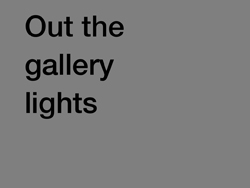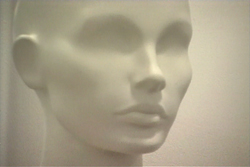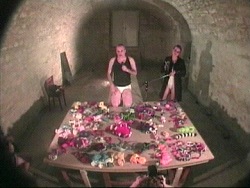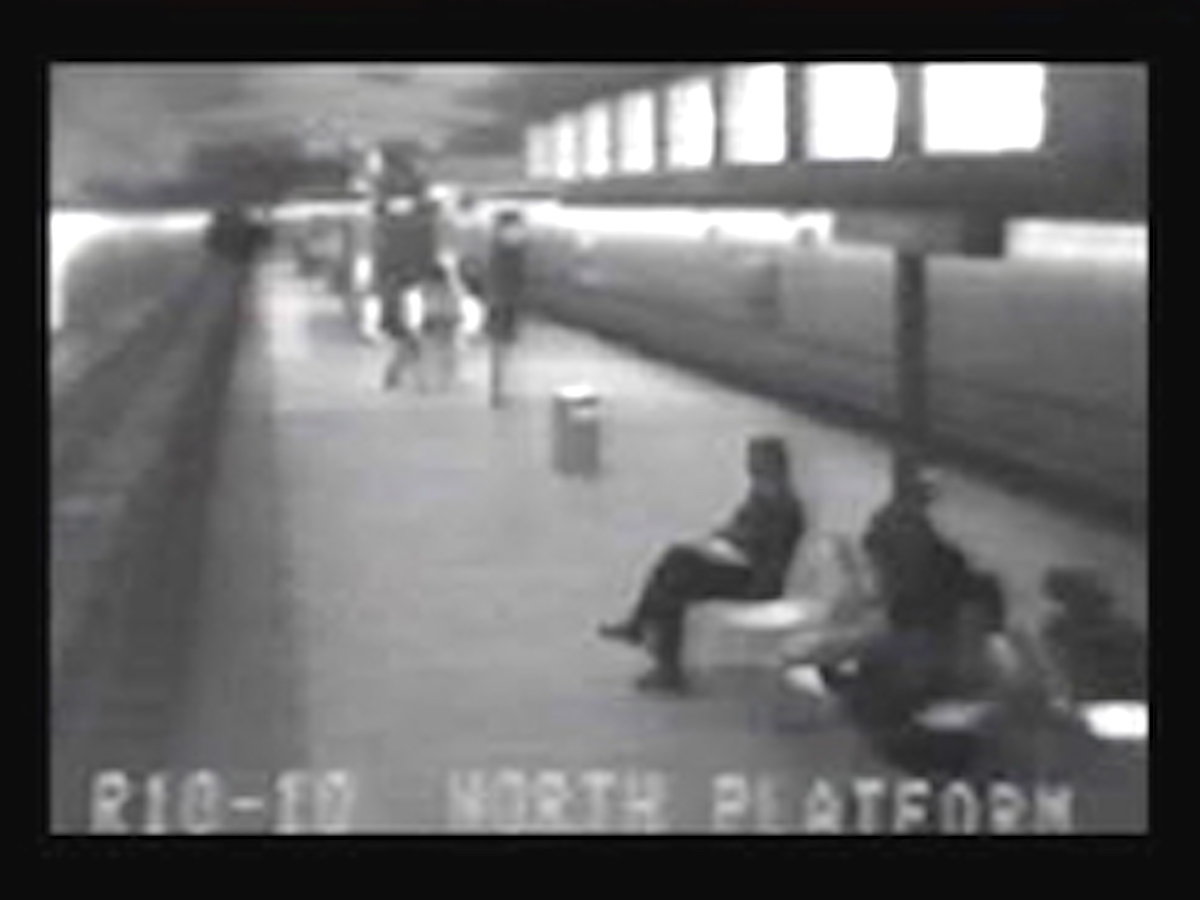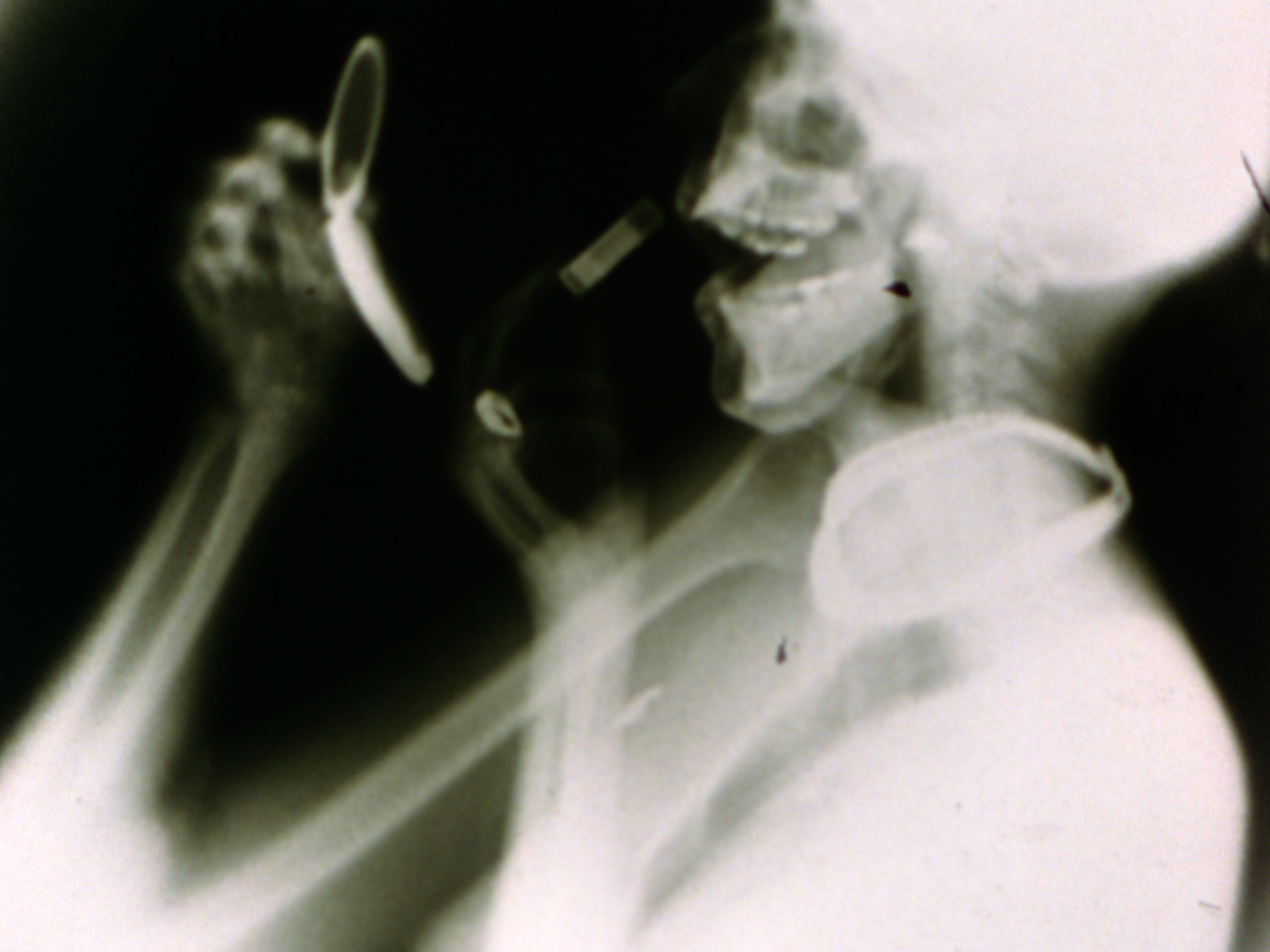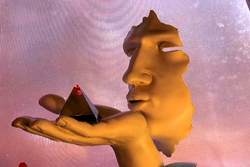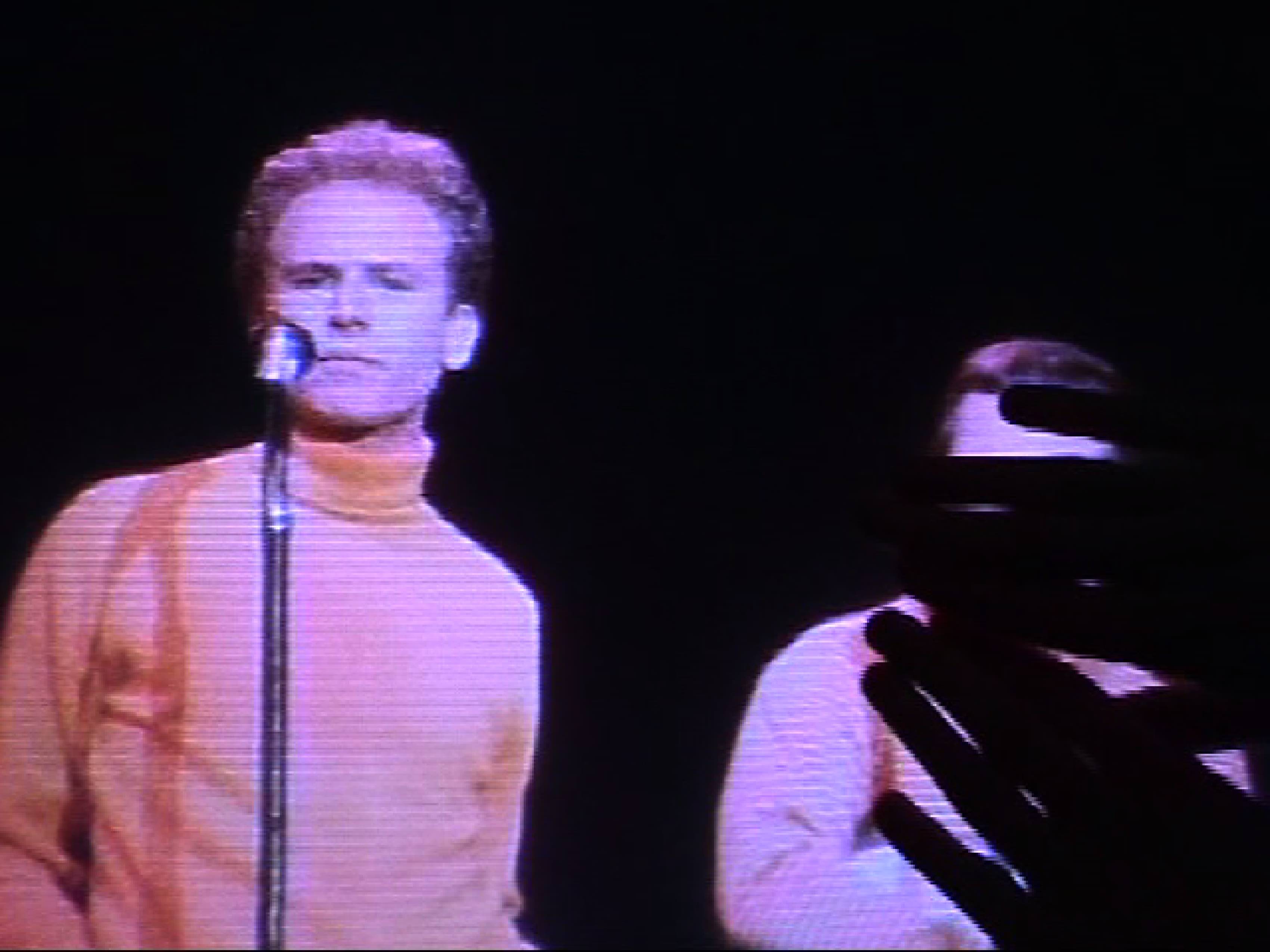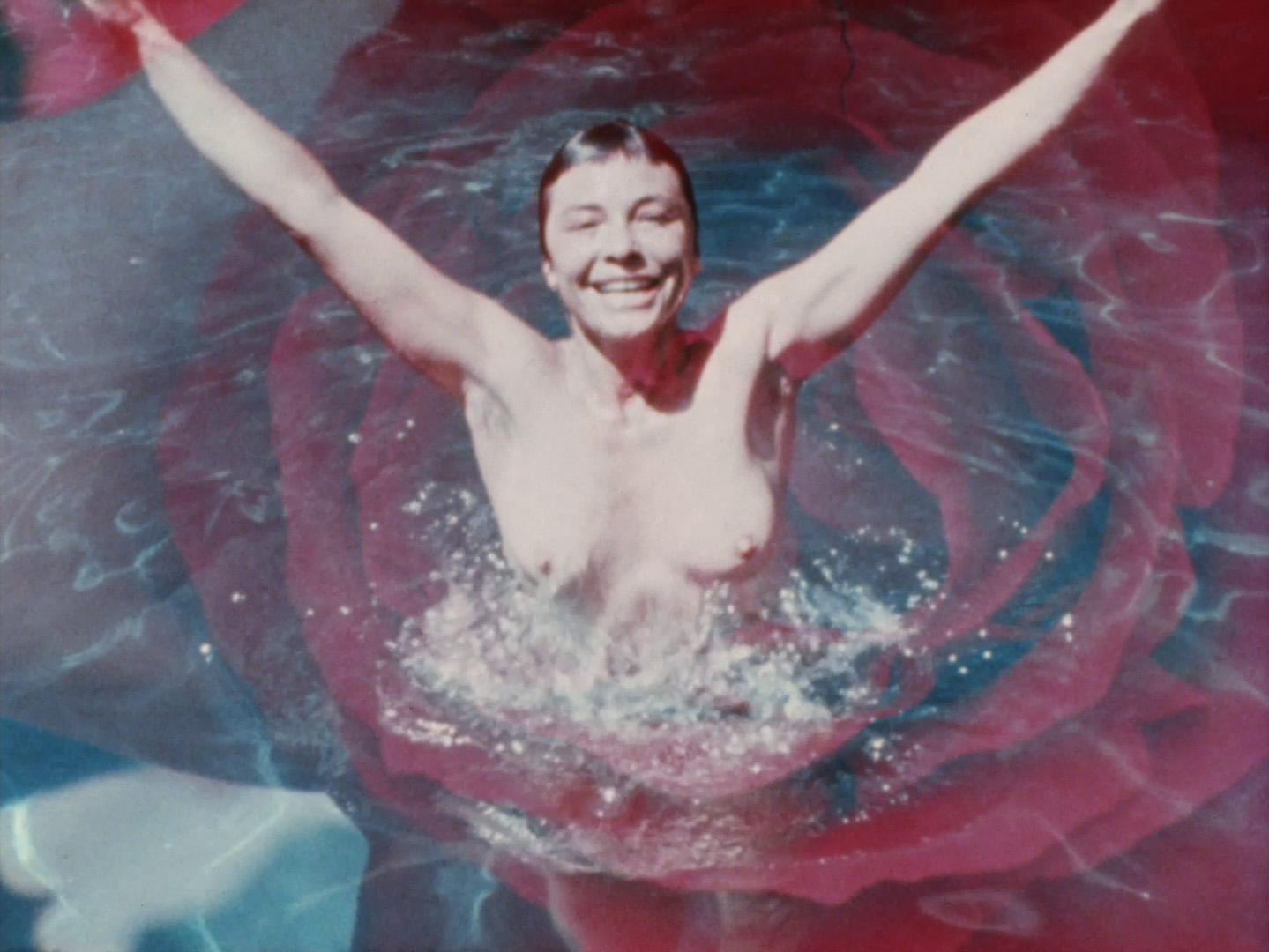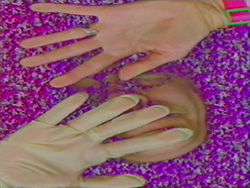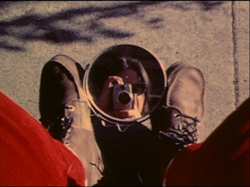Search Results
Search Results
Title Results
Your search returned 791 Titles
Cokes writes, "Reading Rosalind Krauss presents a sing-along transcript of the lyrics from a pop song by The Size Queens. The song was part of the official musical soundtrack for the first Our Literal Speed: The Performative Discourse event at ZKM, Karlsruhe, Germany. This witty chunk of rock-art considers the art critic / theorist Krauss' authorial persona, textual tropes, and the experience of reading her texts."
Writes Antek Walczak: "Commissioned in the margins of a 90s fashion-art exhibition called 'Exposing Meaning in Fashion Through Presentation,' the video starts by documenting Susan Cianciolo's Run 8 collection fashion show in the intimate bourgeois setting of Lady Mendl's Tea Salon, but very...
This tape documents an event staged at the 1999 opening of Kelley's solo exhibition in Braunschweig, Germany. Kelley and artist Kalin Lindena modelled doll's clothes in a "dungeon-like" cellar. A DJ stationed in the cellar communicated their activities by intercom to a DJ in a dance tent outside. His music selections were relayed back to the cellar through speakers, and influenced the actions of the models, producing an interactive circuit.
San Francisco (BART) documents an "installation-in-motion," a performance event in a Bay Area Rapid Transit (BART) train from San Francisco to Berkeley. Immense surveillance and control systems are juxtaposed with the human element—pockets of life moving through a massive, intricate organism.
Sanctus is a film of rephotographed moving x-rays, originally shot by Dr. James Sibley Watson and his colleagues. Making the invisible visible, the film reveals the skeletal structure of the human body as it protects the hidden fragility of interior organ systems.
Here Moulton's alter ego Cynthia again gains access to a parallel universe via the transformative powers of New Age body treatments and domestic objects. After applying a facial beauty mask, she moves through an environment energized with Southwestern motifs and rituals, from sculpted heads and Georgia O'Keefe-like forms to sand painting and hot stone massage. Ultimately Cynthia is transported to a fantastical world and emerges transformed.
A companion to All the Parts from Simon and Garfunkel’s 1984 Park Performance, in which Arcangel documents his own gestural interventions of consumer recordings of the duo’s performances. As he plays a Simon and Garfunkel DVD in his living room, the artist holds his hands up to cover any instance of Simon appearing onscreen.
